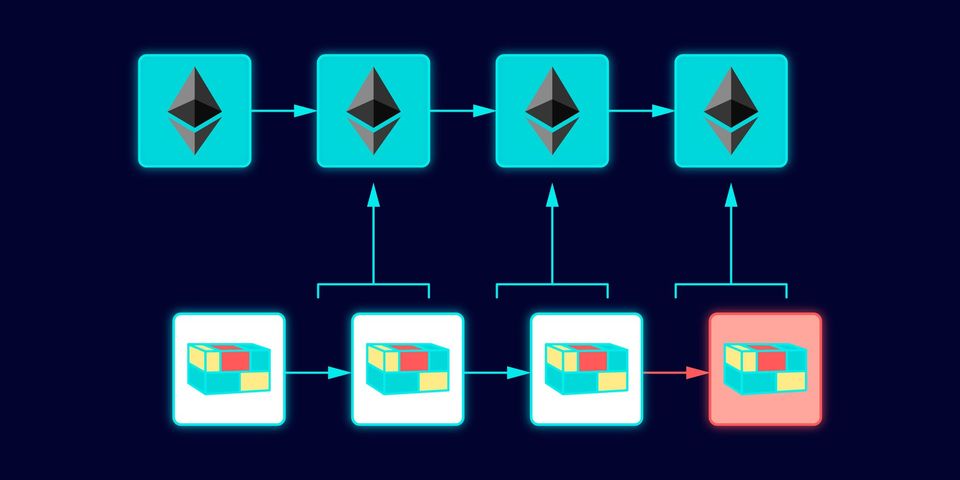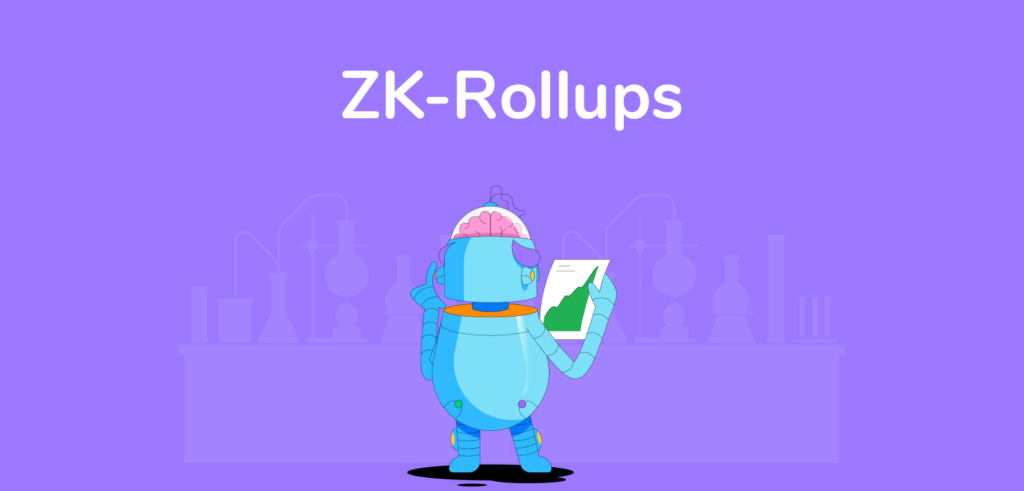Rollups Made Easy
By the end of this post you will know…
- WTF is a Rollup?
- Optimistic vs ZK Rollups.
- Pros and Cons.
- Polygon’s zkEVM announcement.
- Why it’s important to you.
So WTF is a Rollup?
A layer-2 rollup is a way to…
• Save money on gas costs by grouping together user transactions.
• Preserve most of the security guarantees of ETH mainnet.
There are two main types: optimistic and zk (zero knowledge)
Optimistic Rollup

• Periodically batch to mainnet & assume it’s correct (hense optimistic)
• Fraud proofs ensure data is correct.
Pros:
• All data stored on L1 chain
• EVM/Solidity compatible
Cons:
• Long wait times
• Can influence tx ordering (bribe miners)
Example: Arbitrum
ZK Rollup

• ALSO periodically batch data to mainnet
• BUT includes cryptographic proofs of validity (not assume)
Pros:
• Stronger guarantees of validity
• Faster and more secure
Cons:
• SUPER technically challenging
• Many don’t have EVM (ETH) support
Example: Loopring
What’s It All Mean?

So, zk-rollups are awesome and theoretically extremely powerful.
The Problem
• They are so technically challenging few devs can work with them.
The Solution
• A simple way to run any kind of solidity code on a zk-rollup.
Enter zkEVM and Polygon’s announcement today.
The implementation of this new breakthrough on Polygon would mean mean that ANY smart contract or tool you can use on ETH, you could use on Polygon, but with more scaling power.
This also means
• Cheaper gas fees
• Faster rollup transactions
• More apps/games can be built efficiently
• Lower latency
If you liked this, please consider sharing my thread.
Learn more about zk-rollups and Polygon’s new solution here!
ZK Rollups: https://ethereum.org/en/developers/docs/scaling/zk-rollups/
Polygon Annoucement: https://blog.polygon.technology/the-future-is-now-for-ethereum-scaling-introducing-polygon-zkevm/
General Rollup Education:
Check out my other articles here.




